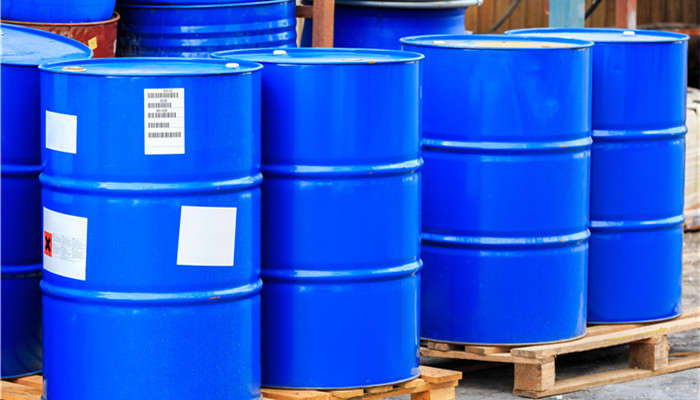
The polyaniline market has broad development space. In the future, local companies will still need to continue to optimize process technology.
Polyaniline, or PANI for short, refers to a type of polymer compound containing alternating benzene rings and nitrogen atoms in the main chain. The particularity of its structure gives it a variety of special properties, such as excellent conductivity, photoelectricity, and electrodenaturation. , electrocatalysis, permselectivity, etc. At present, polyaniline has become one of the most widely researched, developed and applied conductive polymers.
There are three common preparation methods of polyaniline, namely chemical oxidation method, which refers to the method of using aniline monomer as raw material, under the action of oxidant, through chemical reaction, filtration, washing, drying and other steps to generate polyaniline; electrochemical synthesis The biosynthesis method refers to the method of using current in an electrolytic cell to oxidize aniline monomers into polyaniline; the biosynthesis method refers to the method of using aniline monomers as raw materials and converting them into polyaniline under the action of microorganisms or enzymes. Among them, chemical oxidation method is the current mainstream production method of polyaniline.
Polyaniline has excellent performance and can be used in product and material manufacturing scenarios such as sensors, printed electronics, actuators, supercapacitors, conductive fibers, inorganic nanocomposites, optoelectronic materials, anti-corrosion coatings, electrode materials, electromagnetic shielding materials, etc. End application fields include electronics , optoelectronics, textiles, coatings, sensors, energy, military, etc., the market development space is relatively broad.
According to the “China Polyaniline Industry Market Monitoring and Future Development Prospects Research Report 2023-2027” released by the Industrial Research Center, In recent years, my country’s polyaniline market has shown continued growth, and the industry has good prospects for development. At present, my country’s polyaniline market size has grown from 1.48 billion yuan in 2018 to 2.41 billion yuan in 2022, and the market’s compound annual growth rate from 2018 to 2022 has reached 12.96%.
Domestic polyaniline manufacturers mainly include Hunan Zhongke Intrinsically Safe New Materials, Hangzhou Jieheng Chemical, Shenzhen Xinlun Technology, Shenzhen Simeiquan Biotechnology, Changzhou Hongjun Polyaniline New Materials, Hubei Qili New Materials, and Chongqing Jingute There are many companies such as New Material Technology and Hubei Jiujiu Textile Technology.
With the continuous release of production capacity of local enterprises, my country’s polyaniline output will exceed 7.8 million tons in 2022. At present, my country’s polyaniline production has taken a leading position in the world. However, due to technical limitations, domestic products are mostly concentrated in mid-to-low-end markets such as anti-corrosion coatings, inks, and anti-static materials. The production of polyaniline for high-end markets such as supercapacitors and biosensors is still relatively low. , local companies will still need to continue to optimize process technology in the future.
Industry analysts said that polyaniline is a type of polymer material with huge potential value. Compounded with different materials to produce a variety of high-end materials and products, the market development space is relatively broad. After recent years of development, my country’s polyaniline market has continued to expand in scale and output, and the industry has shown a good development trend. However, due to technical limitations, my country’s current production capacity of polyaniline for high-end markets such as supercapacitors and biosensors is still relatively weak. In the future, local companies will need to continue to optimize process technology, and there is huge room for industry growth.

 微信扫一扫打赏
微信扫一扫打赏

